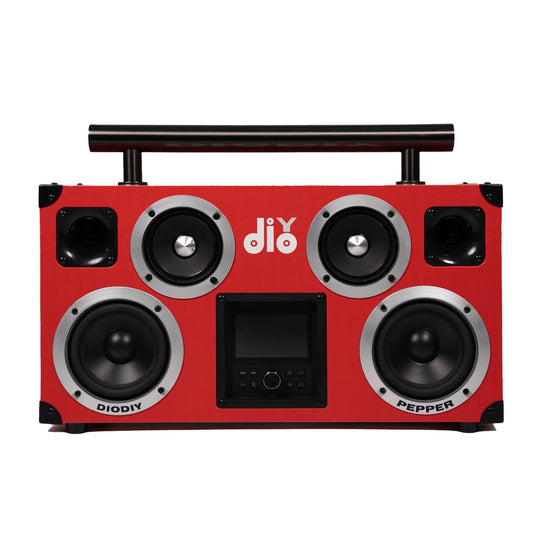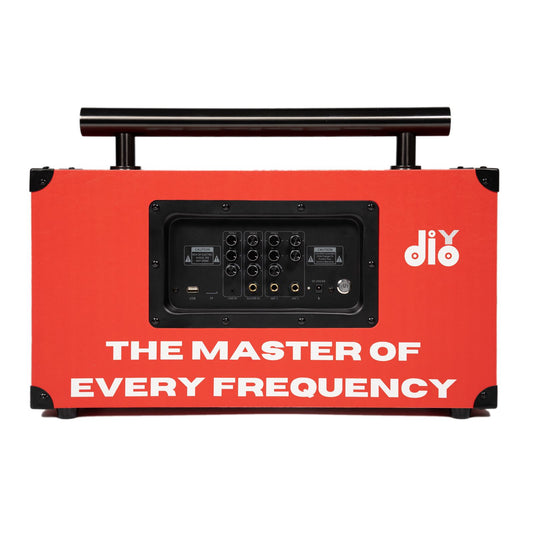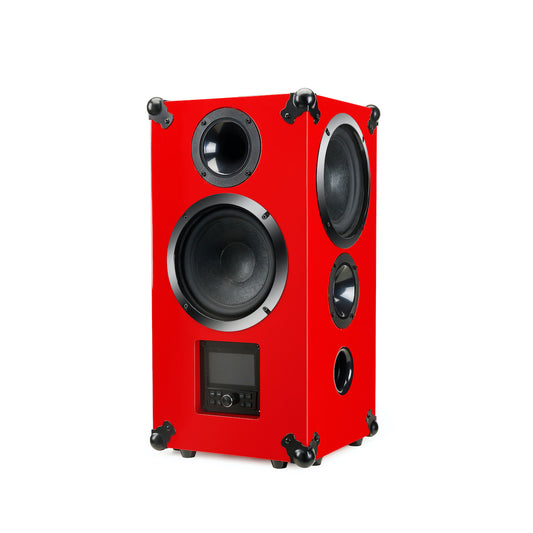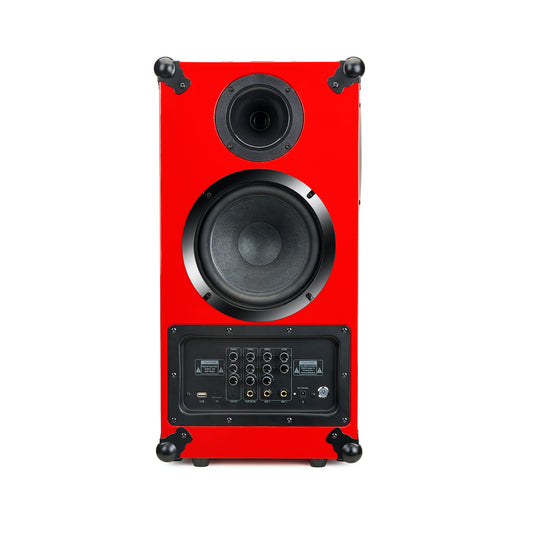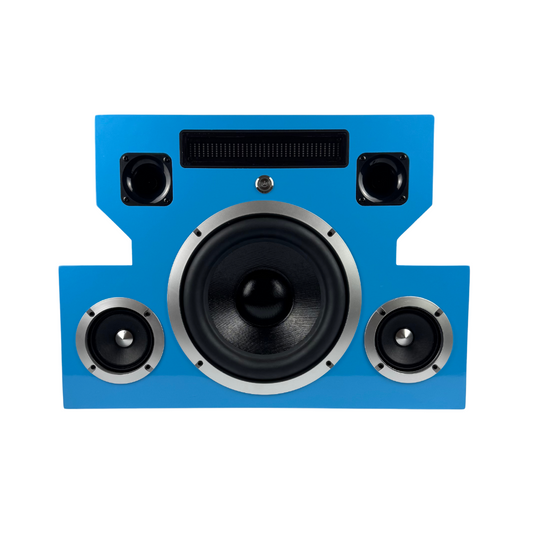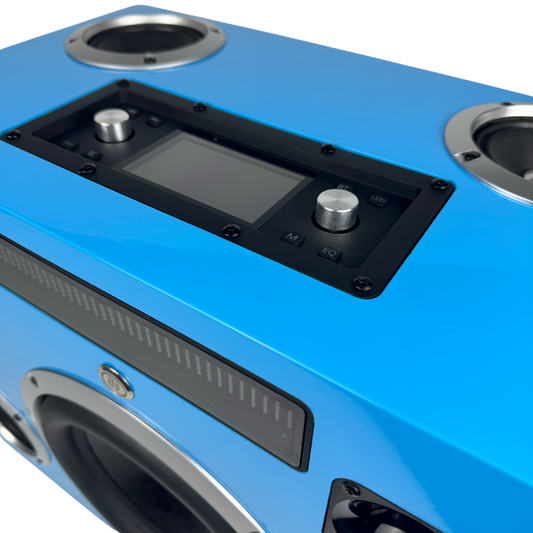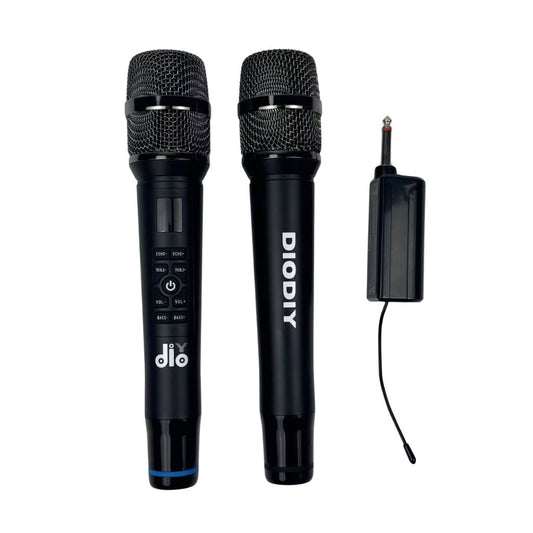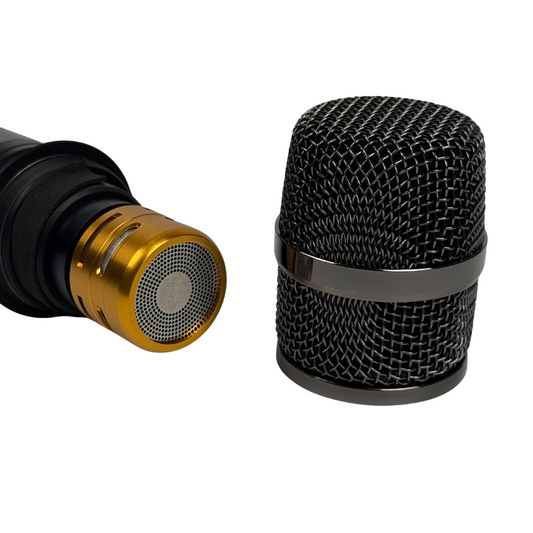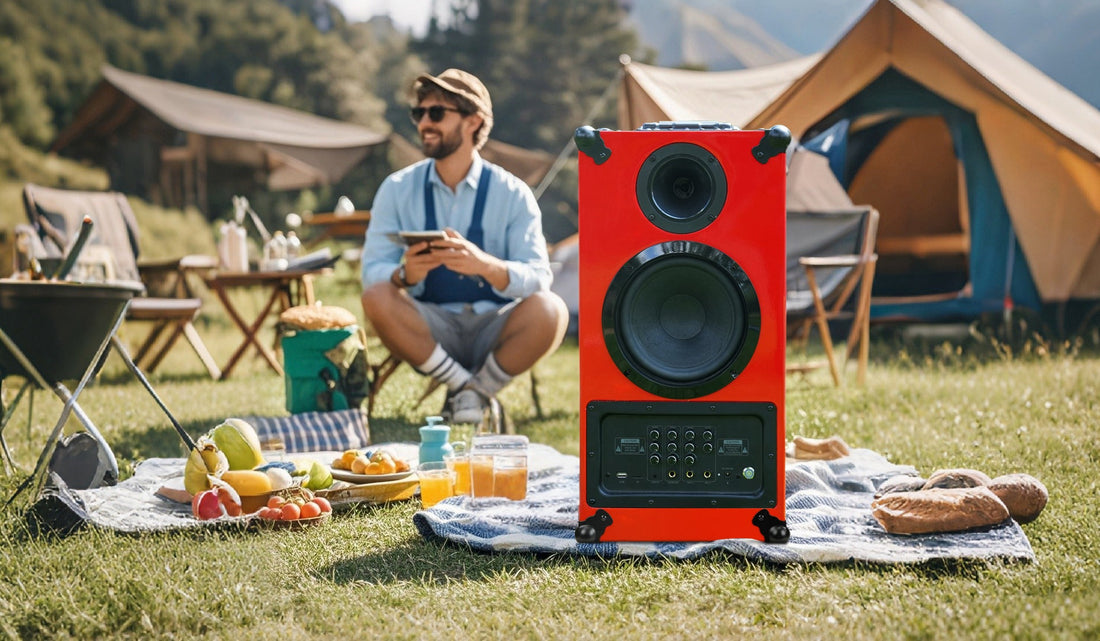
What is Wind Noise?
Share
When designing a custom speaker, one critical issue that can negatively affect sound quality is wind noise caused by improper speaker sealing. Unlike environmental wind noise, this type of noise is generated when air leaks from gaps in the speaker enclosure, especially at the connection points between the loudspeaker driver and the cabinet.
As a professional speaker manufacturer, DioDIY ensures that our speaker designs eliminate air leaks to prevent wind noise and optimize audio performance. In this article, we’ll explore what wind noise is, how it affects your speaker’s sound, how to detect it, and ways to fix it.
What Is Wind Noise in Speakers?
Wind noise in speakers occurs when air leaks through unsealed gaps or improper speaker enclosures. When the speaker cone moves back and forth to produce sound, air pressure changes inside the cabinet. If the cabinet or loudspeaker is not properly sealed, air escapes, creating unwanted noise similar to a low-frequency hissing or rumbling sound.
How Wind Noise Affects Your Speaker’s Sound
Wind noise may seem like a minor issue, but it significantly affects sound quality and speaker performance:
- Distorted Bass Response: Air leaks interfere with the speaker's ability to produce deep, clean bass, making the sound feel weak or unclear.
- Unwanted Noises & Vibrations: Wind noise can introduce hissing, fluttering, or whistling sounds when air moves through the gaps.
- Reduced Efficiency: Air leaks lead to pressure loss inside the speaker enclosure, reducing overall output and sound clarity.
- Uneven Frequency Response: Poor sealing causes inconsistent audio reproduction, making certain frequencies sound unnatural.
How to Detect Wind Noise in a Speaker
If you suspect wind noise in your speaker, here’s how to check for it:
- Air Leak Test: Play a low-frequency bass-heavy track and gently place your hand around the edges of the loudspeaker, cabinet joints, and port areas. If you feel air escaping, your speaker has leakage issues.
- Listening Test: At medium to high volume, listen carefully for whistling, hissing, or unusual air movement sounds, especially around the speaker driver and cabinet edges.
- Light Test (For DIY Users): In a dark room, place a light source inside the cabinet and check if any light escapes through the joints—this indicates a poorly sealed enclosure.
How to Fix Wind Noise in Speakers
To eliminate wind noise, it’s essential to ensure proper sealing and airtight speaker design:
- Secure the Loudspeaker Connection – Use high-quality gaskets or sealing materials when mounting the loudspeaker to the cabinet to prevent air leaks.
- Properly Seal the Enclosure – Apply acoustic-grade adhesives or silicone sealants to all cabinet joints, seams, and screw holes.
- Improve Cabinet Design – A well-designed sealed or ported enclosure with precise air regulation minimizes air leakage issues.
- Use Professional Manufacturing – Working with an experienced speaker manufacturer like DioDIY ensures that your custom speaker is designed with precision sealing and airtight enclosures to prevent wind noise.
Conclusion
Wind noise caused by poor speaker sealing can degrade audio performance, especially in bass response and sound clarity. By ensuring airtight construction, proper sealing, and expert craftsmanship, you can eliminate wind noise and achieve high-quality sound reproduction.
At DioDIY, we specialize in custom speaker design, ensuring airtight enclosures and precision engineering to deliver the best sound performance. If you're looking for a reliable speaker manufacturer, contact us today!

